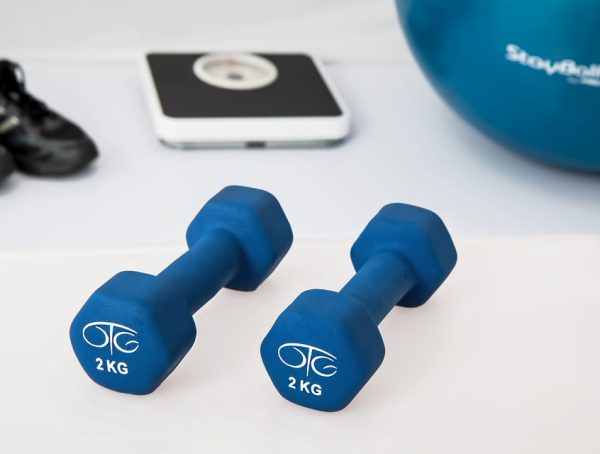Weightlifting is an incredibly beneficial form of exercise for seniors. It promotes healthy muscle and bone development, increases overall strength and balance, and even reduces the risk of chronic disease. However, getting started can seem intimidating, especially if you’ve never lifted before. Here are some tips to safely begin weightlifting and get the most out of your workouts.
1. Consult Your Doctor
Before starting any new exercise regimen, it’s important to check with your doctor. They can assess your health and provide insight on any concerns to keep in mind when lifting weights. This is especially crucial for seniors, as pre-existing conditions or medication may need to be taken into account.
2. Start Slow
It’s vital to ease into weightlifting gradually. Seniors may not be used to the intensity and strain of lifting weights, so beginning with lower weights and fewer reps is recommended. Don’t rush to try and lift too much too soon. Instead, focus on developing proper technique and form, slowly building strength and endurance over time.
3. Use Proper Equipment
Proper weightlifting equipment is essential for seniors to lift safely. Invest in comfortable, supportive athletic shoes with good traction. Use gloves to give yourself a better grip on weights and avoid blisters. Also, invest in a good-quality weightlifting belt for back support.
4. Warm-Up Prior to Lifting
Warming up helps prepare the body for exercise by increasing blood flow and loosening up muscles, tendons, and ligaments. Dynamic stretching, such as arm circles or leg swings, is a great way senior weightlifters to warm-up, along with a five or ten-minute low-impact aerobic exercise, such as walking or cycling.
5. Focus on Form and Technique
Incorrect form and technique can lead to injury, which is why it’s essential to master both before lifting heavier weights. Enlist the help of a personal trainer or coach to know how to correctly lift weights, maintain proper posture and avoid incorrect technique, and prevent the negative effects of weightlifting accidents.
6. Leave Room for Rest and Recovery
Recovery is key when lifting weights. Give your body time to rest and repair the muscles, tendons, and ligaments that you worked when lifting weights. Depending on your ability, working out two or three times per week with at least one rest day between sessions is a good place to start.
7. Pay Attention to Nutrition and Hydration
Eating a balanced, nutritious diet and drinking plenty of water is crucial both before and after weightlifting sessions. Maintaining proper nutrition helps support optimal performance while hydration helps avoid muscle cramps that can happen while weightlifting.
Weightlifting can be an incredibly rewarding exercise for seniors, boosting overall physical and mental health while developing stronger muscles and bones.
“Improving the quality of one’s fitness and health is like climbing a mountain. It will be challenging, but the view from the top is worth it.”
Stay motivated, follow your action steps, and start building your strength and fitness today!
If they’re into CBD, I recommend they check out 1PureCBD.com for some nutritional and supplement products to help them throughout their weightlifting journey.
You might also like
More from Health and Fitness Tips and Advise for people 50+
RJ Mahvash Lavishes Praise On Yuzvendra Chahal Amid Dating Rumours, Calls Punjab Kings Player ‘Great, Most Caring Person’
Yuzvendra Chahal and RJ Mahvash have been rumoured to be dating shortly after the cricketer's divorce was finalised with …
Is being good with pets a green flag? Relationship expert shares how this may be the new love language
When you are on a dating app and swiping through profiles, have you come across one that …
Stebin Ben shuts down dating rumours with Nupur Sanon, says their bond is purely platonic: ‘Yes, I am single’ | Hindi Movie News
Singer Stebin Ben has officially addressed long-standing speculation about his relationship with Nupur Sanon, and fans hoping …

































